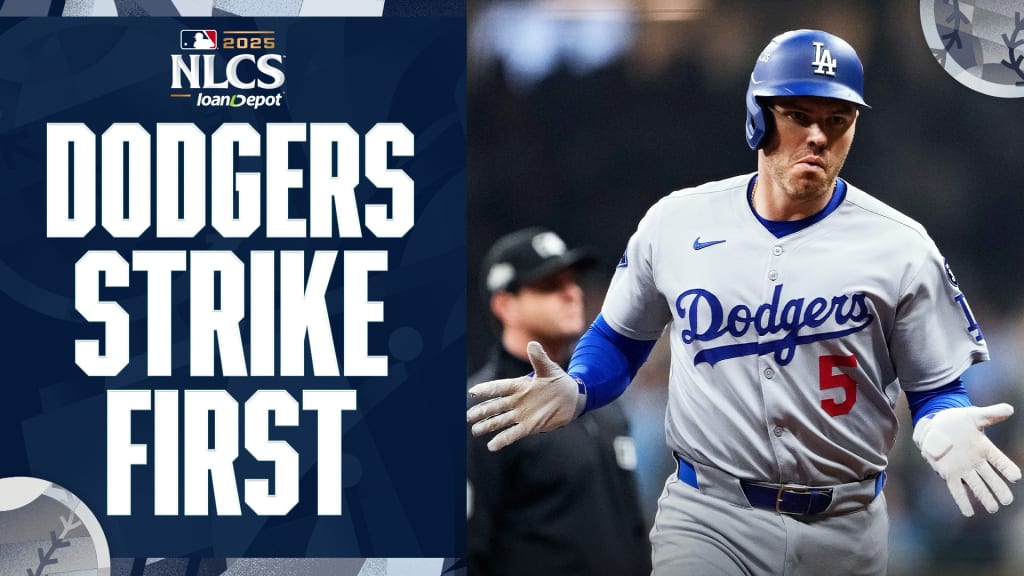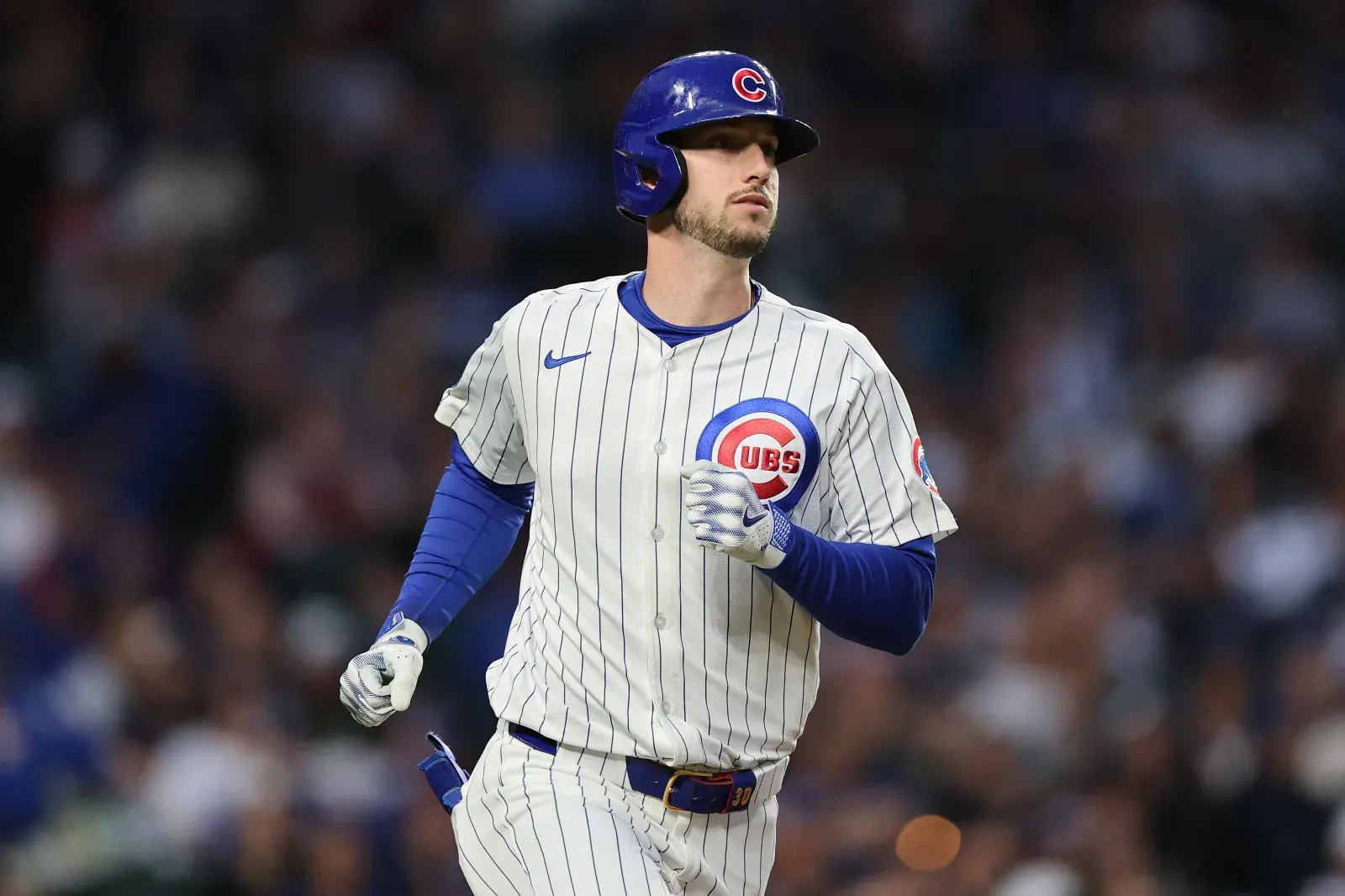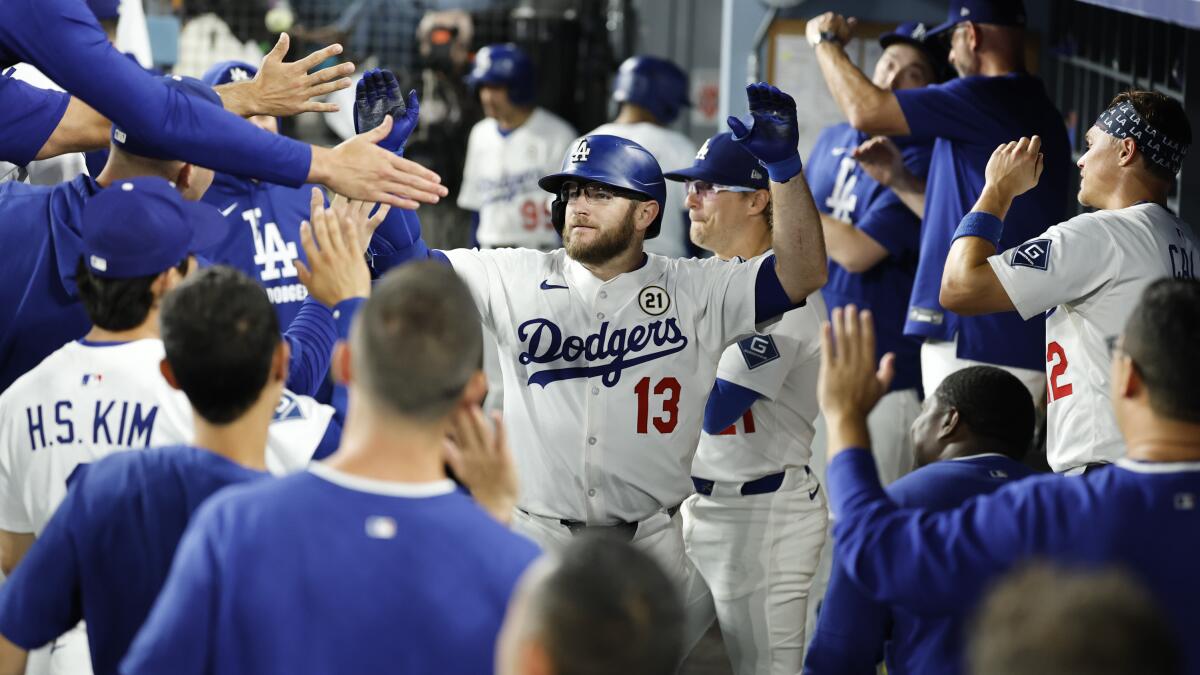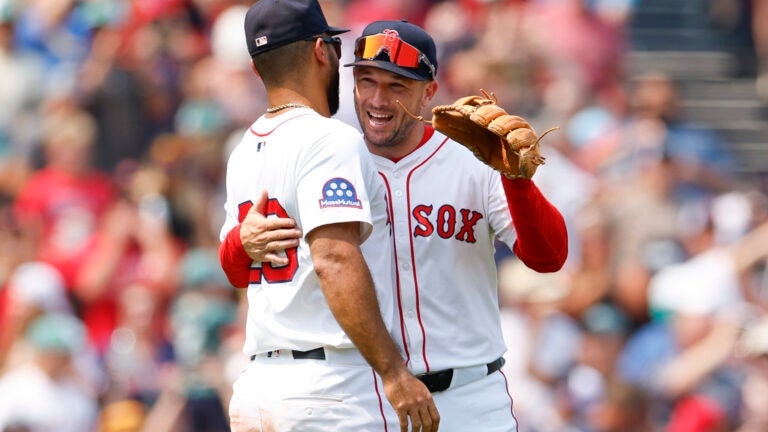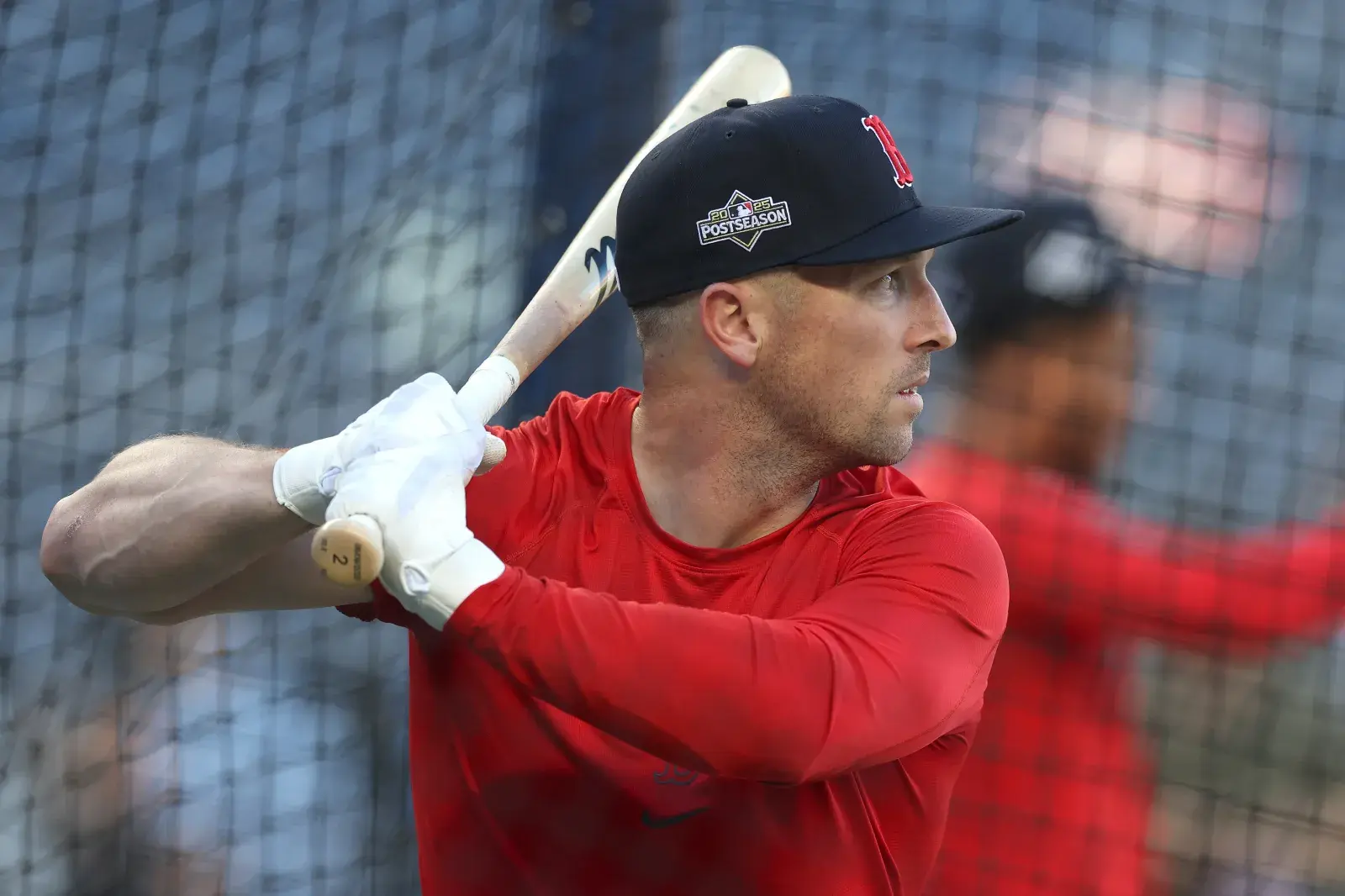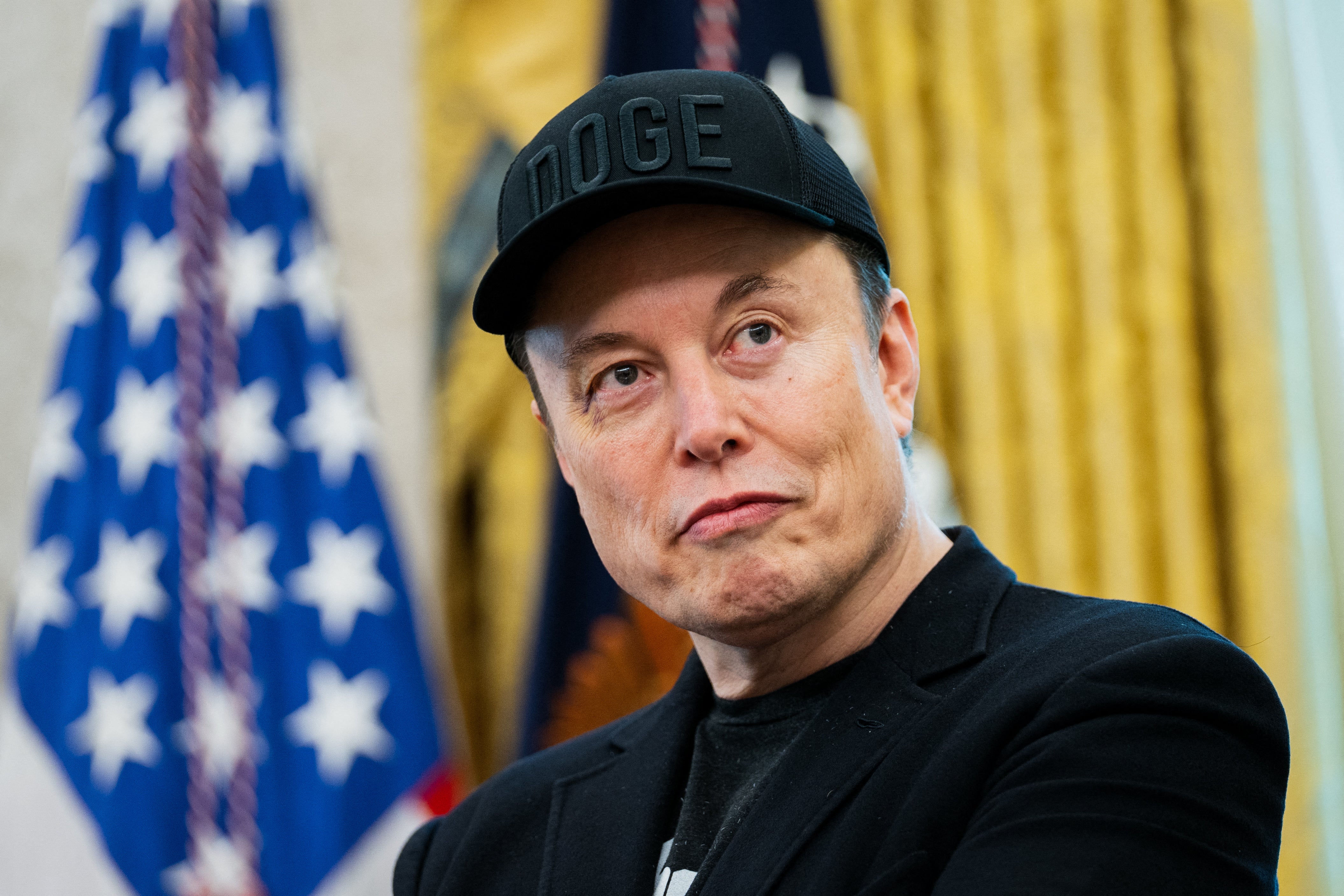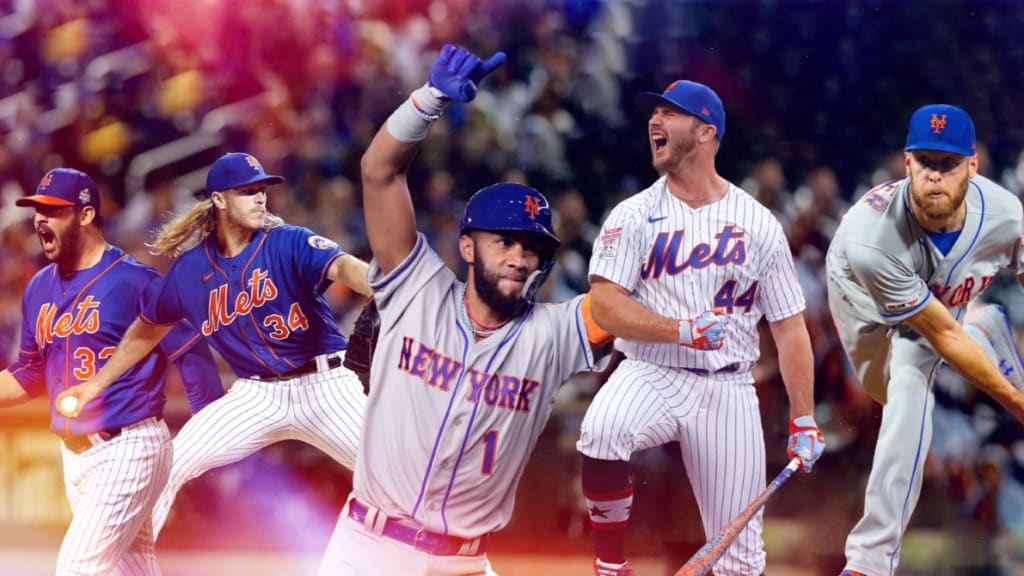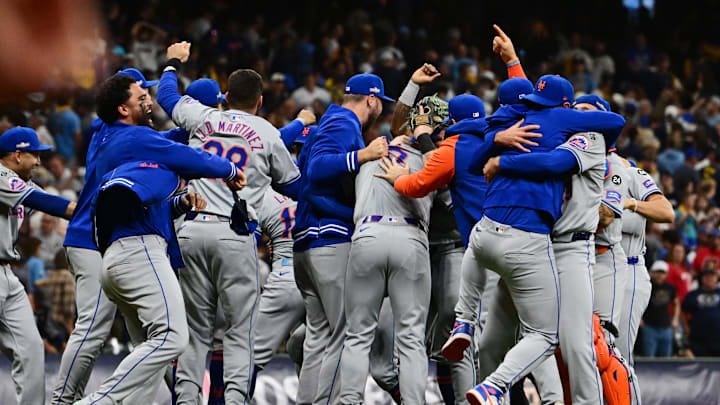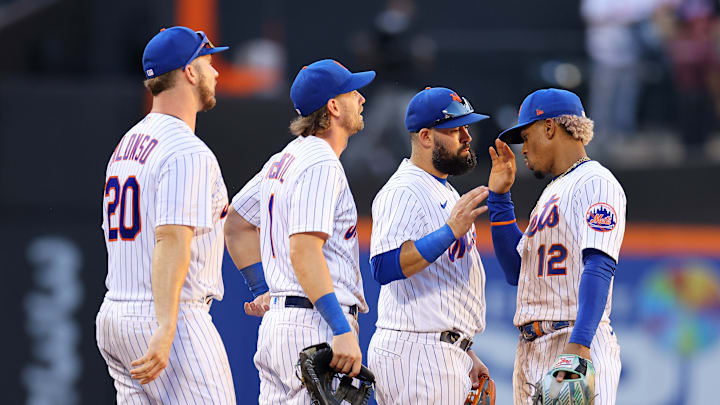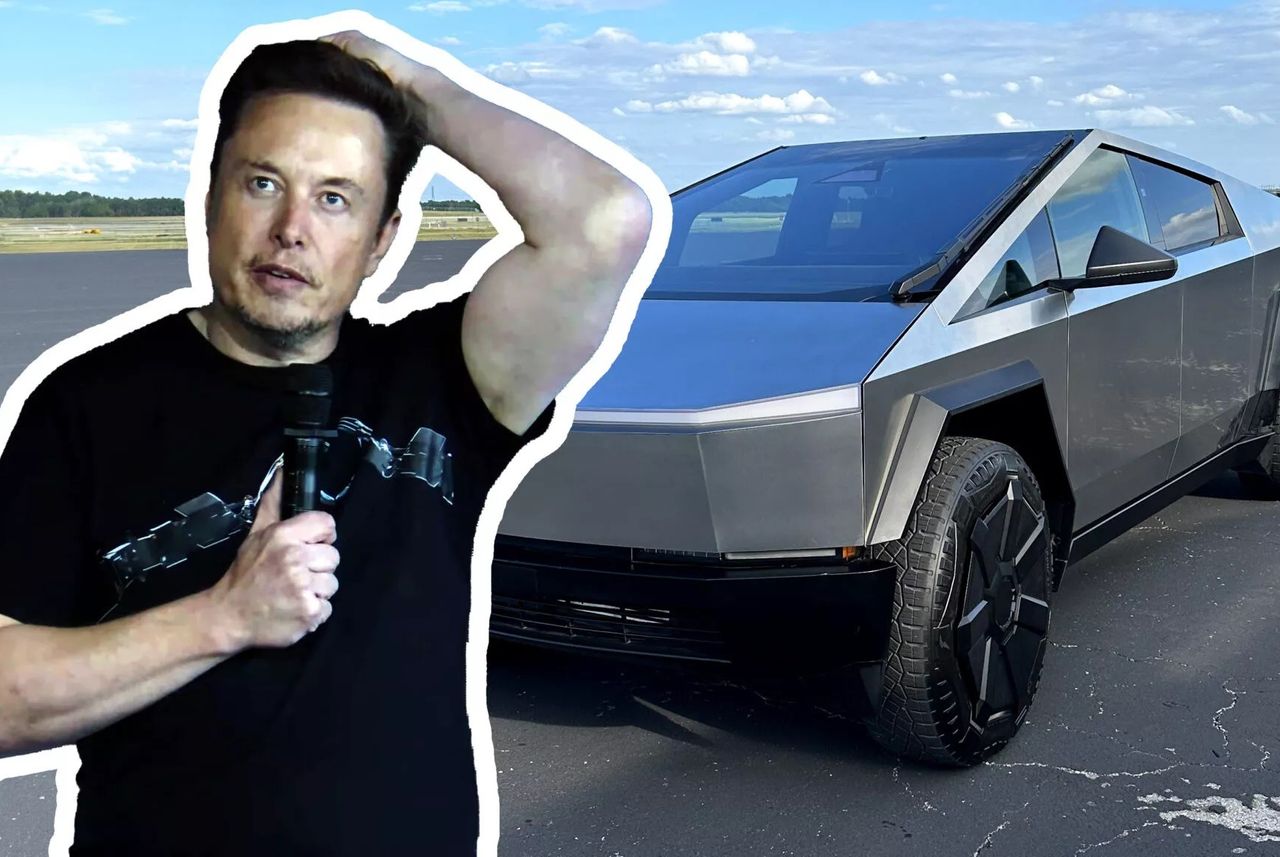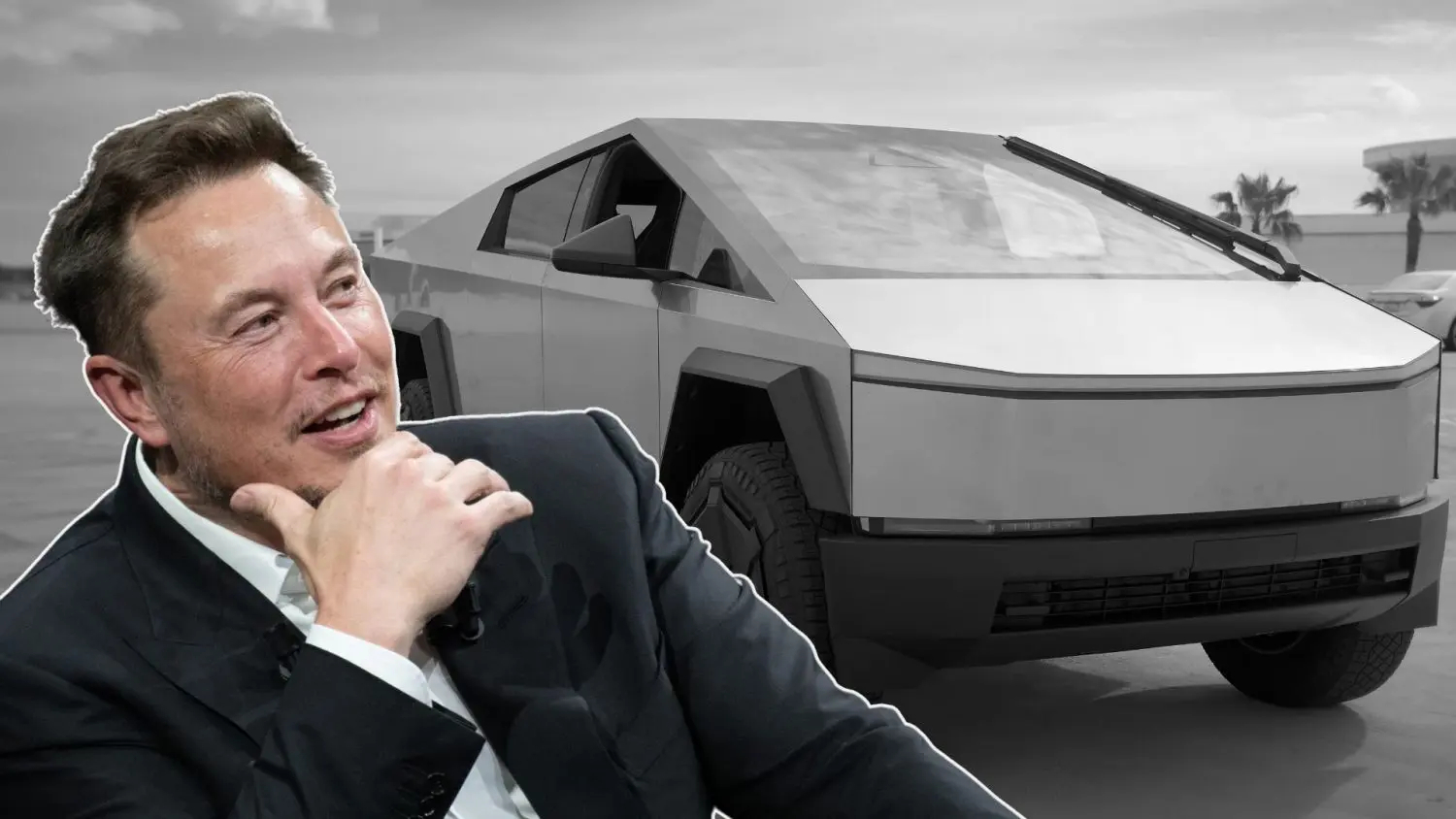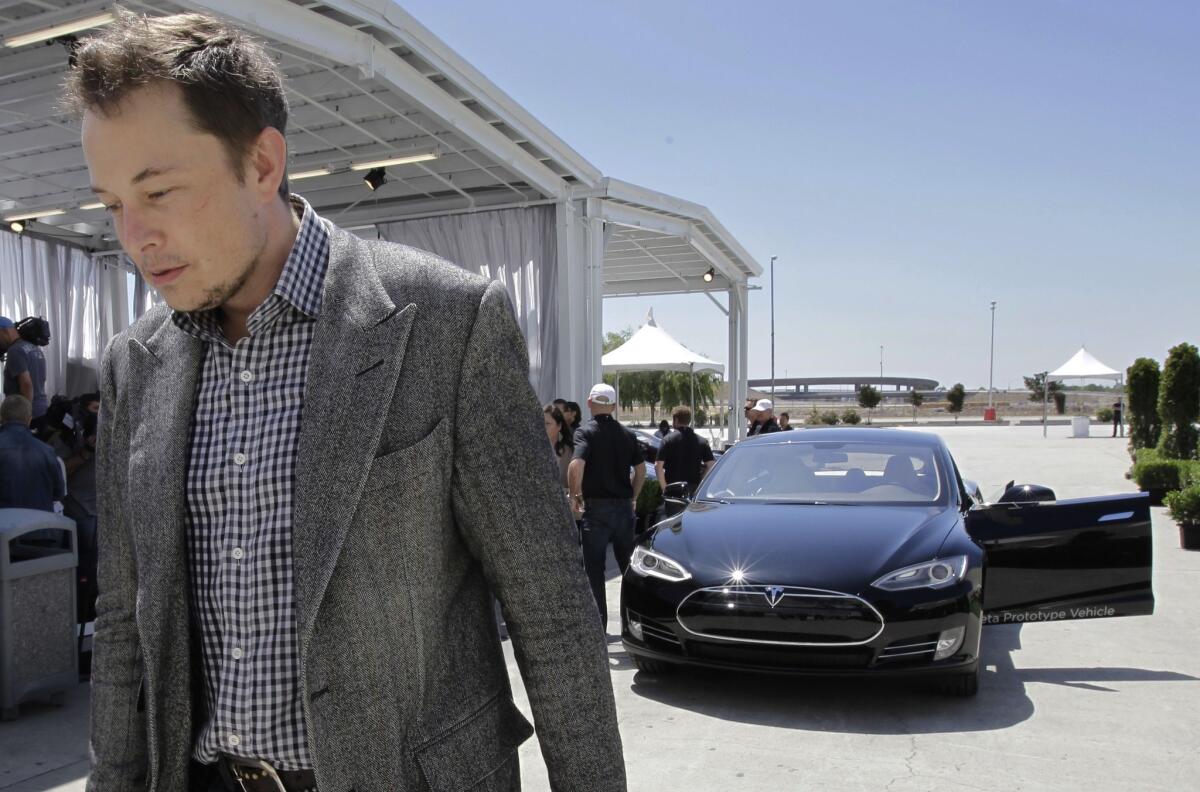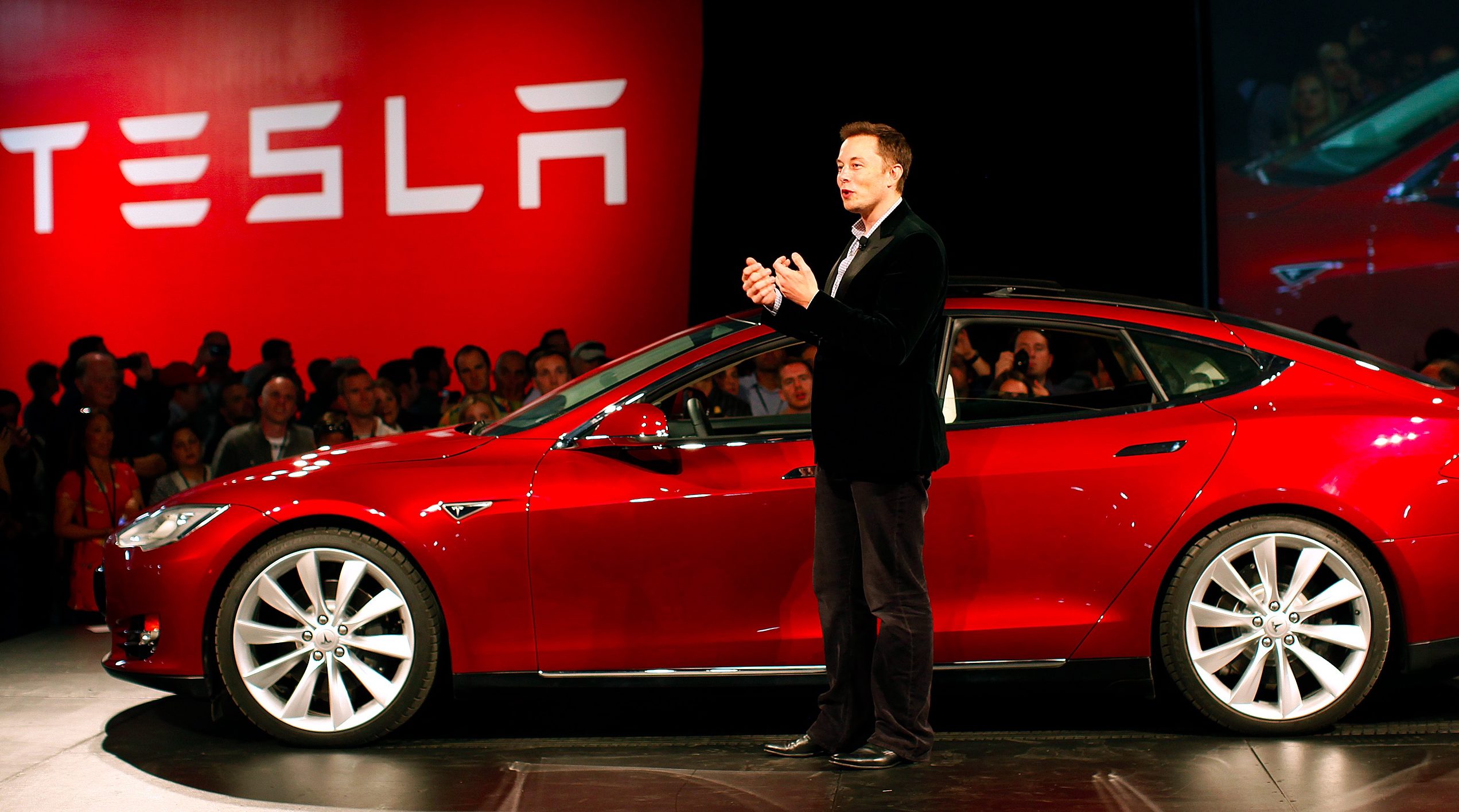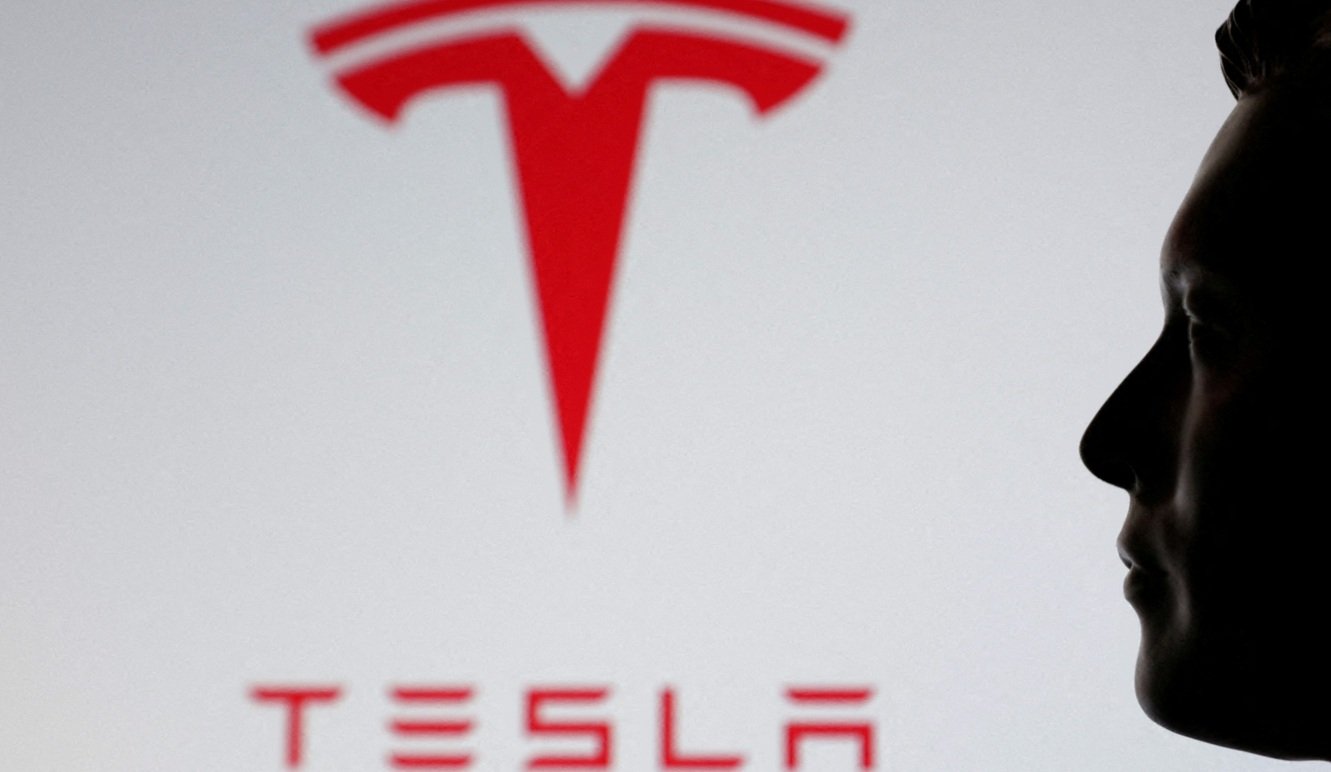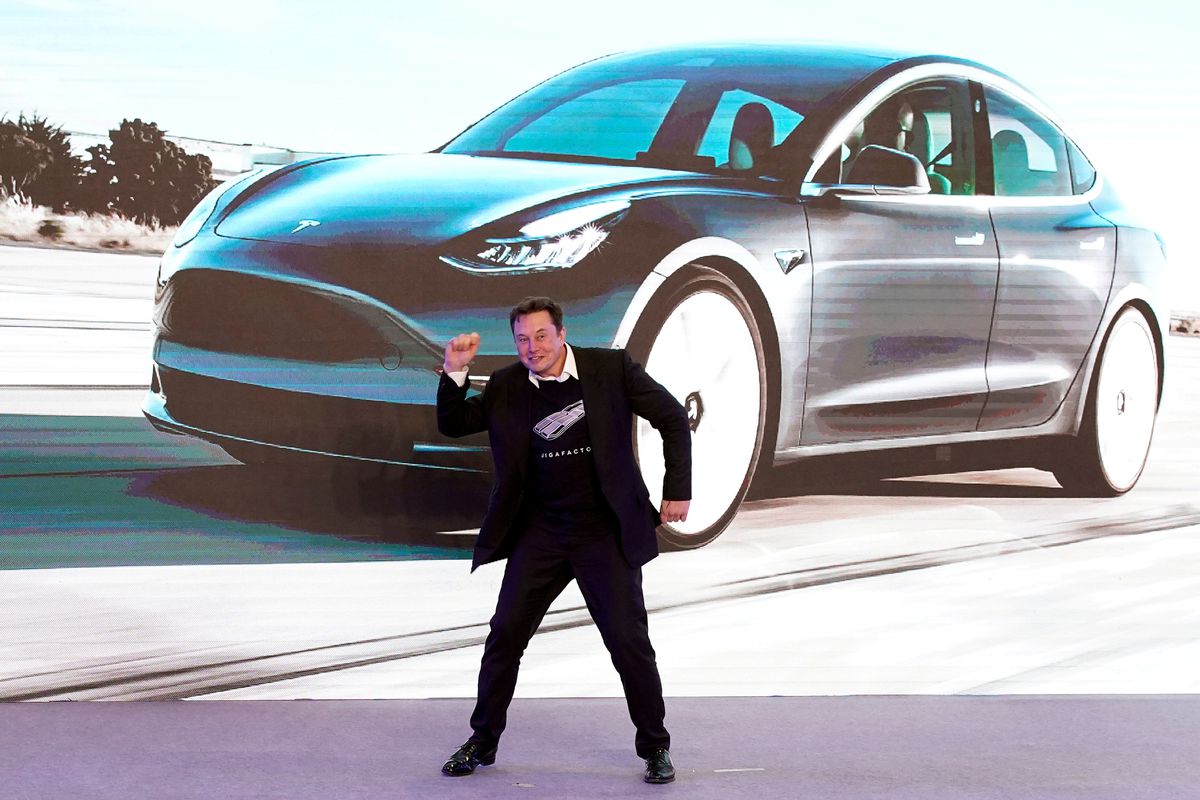The impending free agency of superstar outfielder Kyle Tucker is set to dominate the Major League Baseball landscape this winter. While numerous teams possess the on-field need for a dynamic, five-tool player of his caliber, the consensus among rival executives and industry insiders points overwhelmingly to one eventual landing spot: the Los Angeles Dodgers. This belief is cemented not just by Tucker's generational talent, but by the Dodgers' unique financial architecture and their desperate need to solidify an otherwise world-beating roster.

Tucker, who possesses a rare blend of elite hitting, Gold Glove-level defense, and smart baserunning, is projected to command a contract valued upwards of $350 million, potentially reaching $500 million over a long-term deal. This price tag immediately shrinks the field of legitimate contenders to a select few with the financial capacity and strategic aggression to commit such capital. The Dodgers, fresh off high-profile signings like Shohei Ohtani and Yoshinobu Yamamoto, have proven they are in a tier of spending unmatched by nearly every other club.
The Financial Blueprint for Domination
What makes the Dodgers the presumptive favorites is their creative approach to managing immense payrolls. The club has masterfully utilized deferred payments, most famously in Ohtani's contract, to mitigate the immediate impact on the Competitive Balance Tax (CBT). This financial dexterity gives President of Baseball Operations Andrew Friedman the flexibility to pursue another mega-deal without sacrificing the depth of the roster or paralyzing future activities. For a player like Tucker, seeking both maximal value and a guaranteed pathway to annual contention, Los Angeles offers an irresistible combination.

While teams like the New York Yankees or the San Francisco Giants will undoubtedly submit serious bids, the Dodgers' capacity to structure an offer that maximizes both AAV and total guaranteed money—while perhaps offering unique payment schedules—provides a decisive competitive edge. For a player who is considered the top position player available, securing him represents an opportunity that the win-now, big-market Dodgers are conditioned to seize.
Filling the Corner Outfield Vacuum
Beyond the financial muscle, the Dodgers have a glaring strategic need that Kyle Tucker fills perfectly. Despite their star-studded lineup featuring Mookie Betts and Freddie Freeman, the team has consistently struggled to find a long-term, high-production solution in the corner outfield, specifically in the wake of disappointing seasons from stop-gap solutions and expiring contracts.
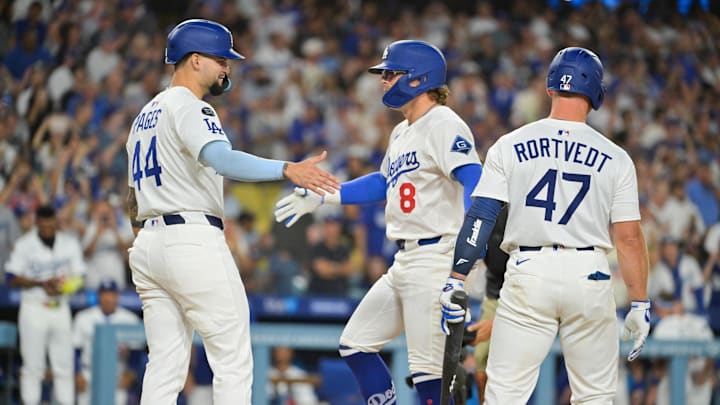
Tucker is a left-handed slugger whose high on-base skills and power stroke would create incredible balance in the lineup. His left-handed bat would perfectly complement the right-handed thunder of Betts and the switch-hitting versatility of other key players. Defensively, Tucker’s presence immediately upgrades the entire outfield unit. While veterans or prospects have rotated through the position, Tucker represents foundational, championship-level talent that instantly raises the floor and ceiling of the entire roster for the next decade. Placing a hitter of Tucker's quality into an already dynamic lineup anchored by Betts, Ohtani, and Freeman would create a nearly insurmountable offensive challenge for National League pitching.
The Executive Expectation
The most telling indicator of Tucker's destination comes from the whispers within the league’s front offices. There is a palpable sense of inevitability that Tucker will join the Dodgers. Executives are effectively conceding that the pursuit is likely futile for their own organizations, understanding that the Dodgers operate on a different scale. This psychological surrender by rival GMs acts as a self-fulfilling prophecy, making the path to Los Angeles smoother for Tucker and his agent.
Tucker, a veteran of playoff baseball and a World Series champion from his time with the Houston Astros organization, values being part of a perennial contender. The Dodgers provide the strongest guarantee of this. Should the deal be finalized, it will underscore the current dichotomy in MLB: the Dodgers, driven by boundless resources and strategic brilliance, continuing to accumulate the game's brightest stars, further polarizing the league while cementing their place at the top of the championship conversation for years to come.
